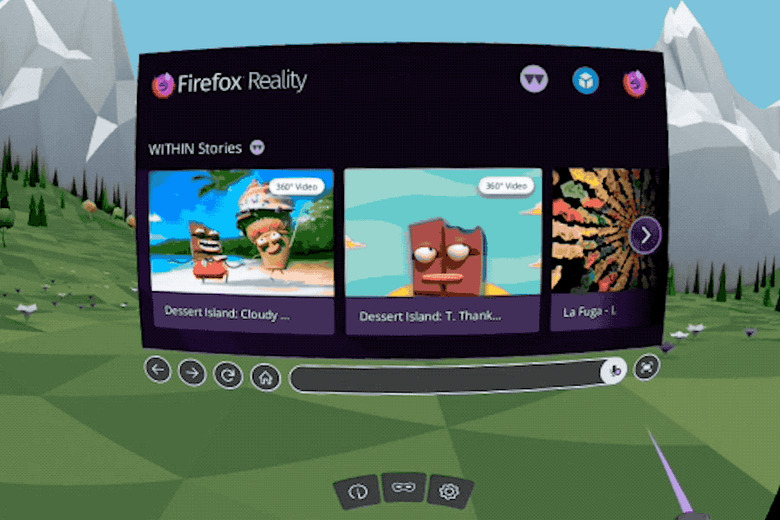Firefox Reality VR Web Browser Now Out For Vive, Oculus, Daydream
Virtual reality is all about immersing yourself in a made-up world that looks (in theory) like you're really in it. The last thing you need is a flat floating rectangle that shatters that illusion. That said, if you ever need to access the Web, that's exactly the only way. Mozilla, however, says it doesn't have to be a painful and disconcerting experience. With Firefox Reality now in its version 1.0 stable release, one of the world's biggest web browsers is taking a step towards blending the 2D web and the immersive web.
Unless it's 3D content specifically crafted for VR, content on the Web will always be 2D. That poses some practical problems when browsing using VR headsets. Of course, there's the problem of having a floating window in front of you. The bigger issue, however, is input.
Until the day we can type in VR with all our fingers, text input will always be tricky. Mozilla's solution is simple really: use your voice. We've become so familiar with voice-controlled smart assistants that speaking to your VR headset won't feel weird at all.

There are not a few content made for VR on the Web but finding them isn't exactly easy. To save you time and effort in asking, Firefox Reality will immediately surface such kind of browser-based content when you open it up. Mozilla promises more such content will appear as they work with more and more creators of VR games, videos, and more.
Firefox Reality 1.0 is now available on the three biggest VR platforms: HTC Viveport, Oculus, and Google Daydream. More than just yet another web browser for VR, Mozilla promises to bring its brand of open source and privacy-focused culture to a still growing platform that was once expected to be the next wave in computing.
